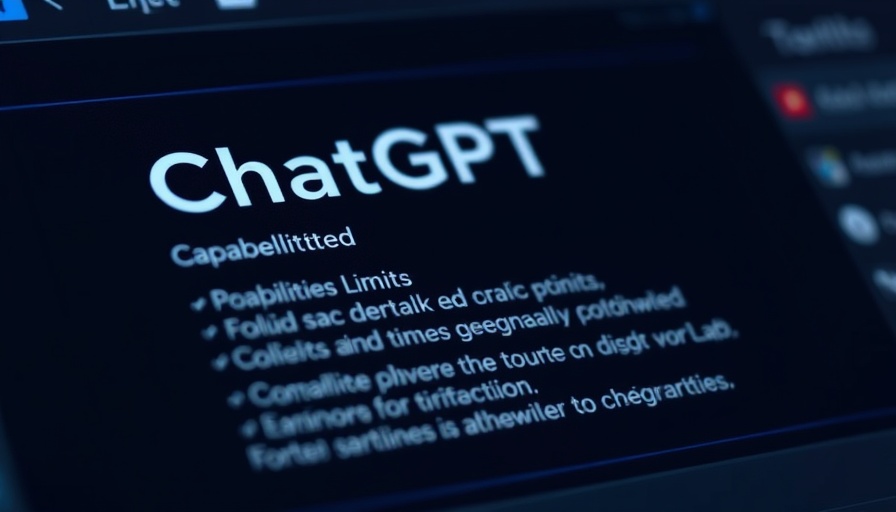
OpenAI’s o1-pro: A Leap in AI Performance
OpenAI has just introduced the highly anticipated o1-pro model, its most expensive AI to date. With a bold price tag designed for developers willing to spend at least $5 on API services, this latest model leverages significantly more computational power than its predecessor, thus aiming to ensure higher quality responses for complex reasoning tasks.
Is the Price Justified?
The cost of o1-pro is staggering—$150 per million tokens for input and $600 per million tokens for output. This pricing structure is set at twice the price of its GPT-4.5 model for input and tenfold the cost of the standard o1 model. The rationale behind this premium pricing is the improved performance that OpenAI assured its users. “O1-pro in the API is a version of o1 that uses more computing to think harder and provide even better answers,” stated an OpenAI spokesperson, reflecting the company's ambition to deliver value to developers requiring advanced AI solutions.
Early Performance Reviews: Promising or Overhyped?
Though the hype around o1-pro is considerable, initial reviews from users have been mixed. The model reportedly struggled with tasks as simple as Sudoku puzzles and faced challenges with optical illusion jokes. Furthermore, internal benchmarks revealed that while o1-pro outperformed the standard o1 in reliability on coding and math problems, the overall performance improvement was marginal at best. This raises a fundamental question: Are developers ready to pay premium prices for marginal gains?
The Evolution of AI Models
The launch of o1-pro is not merely a standalone event; it is part of a larger trend in the evolution of AI models. Historically, the AI landscape has seen rapid improvements, with companies such as Nvidia and Anthropic making strides in deep reasoning and agentic AI. For instance, research reveals a consistent push toward models that can process complex reasoning tasks and adapt more effectively to user needs.
What This Means for Developers
For developers, the introduction of o1-pro might represent both an opportunity and a challenge. While the potential for better response accuracy could enhance application usability, the financial implications of adopting such an expensive model could deter smaller development teams or startups. Conversely, larger firms may find the investment worthwhile for the sake of competitive advantage in AI applications.
Future Trajectories in AI Development
As OpenAI and other tech giants like Nvidia continue to push the envelope on AI capabilities, predictions are that a focus on agentic AI will become even more central. The adaptability of AI in real-time applications, particularly for business and creative industries, will dictate future investment in AI models. With growing reliance on AI for critical processes, the demand for increasingly sophisticated and cost-effective solutions will only surge.
Conclusion: Should You Invest?
With OpenAI’s o1-pro poised to challenge existing paradigms in AI interaction, developers need to carefully consider the value of these new features against the cost of implementation. The decision to invest should not only weigh improvements in output quality but also how it aligns with current project goals and budget constraints. As the field of AI continues to evolve, staying informed about emerging technologies and their practical implications is essential for making smart investments in the future of tech.
 Add Row
Add Row  Add
Add 




 Add Row
Add Row  Add
Add 

Write A Comment